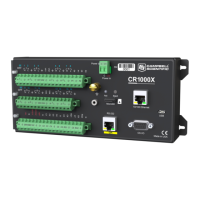Table 4-5: Data processing abbreviations
Data processing name Abbreviation
WindVector
WVc
Median
Med
ET
ETsz
Solar Radiation (from ET)
RSo
Time of Max
TMx
Time of Min
TMn
4.5.1.2 Data records
Subsequent rows are called data records. They include observed data and associated record
keeping. The first field is a time stamp (TS), and the second field is the record number (RN).
The time stamp shown represents the time at the beginning of the scan in which the data is
written. Therefore, in record number 3 in the previous Example data (p. 33), Temp_C_Avg shows
the average of the measurements taken over the minute beginning at 14:26:01 and ending at
14:27:00. As another example, consider rainfall measured every second with a daily total rainfall
recorded in a data table written at midnight. The record time stamped 2016-03-08 00:00:00 will
contain the total rainfall beginning at 2016-03-07 00:00:01 and ending at 2016-03-08 00:00:00.
4.6 Creating data tables in a program
Data is stored in tables as directed by the CRBasic program. In Short Cut, data tables are created
in the Output steps (see Data logger program (p. 23)). Data tables are created within the CRBasic
datalogger program using the DataTable()/EndTable instructions. They are placed after
variable declarations and before the BeginProg instruction. Between DataTable() and
EndTable() are instructions that define what data to store and under what conditions data is
stored. A data table must be called by the CRBasic program for data processing and storage to
occur. Typically, data tables are called by the CallTable() instruction once each Scan. These
instructions include:
DataTable()
'Output Trigger Condition(s)
'Output Processing Instructions
EndTable
Use the DataTable()instruction to define the number of records, or rows, allocated to a data
table. You can set a specific number of records, which is recommended for conditional tables, or
allow your datalogger to auto-allocate table size. With auto-allocation, the datalogger balances
4. Data 36

